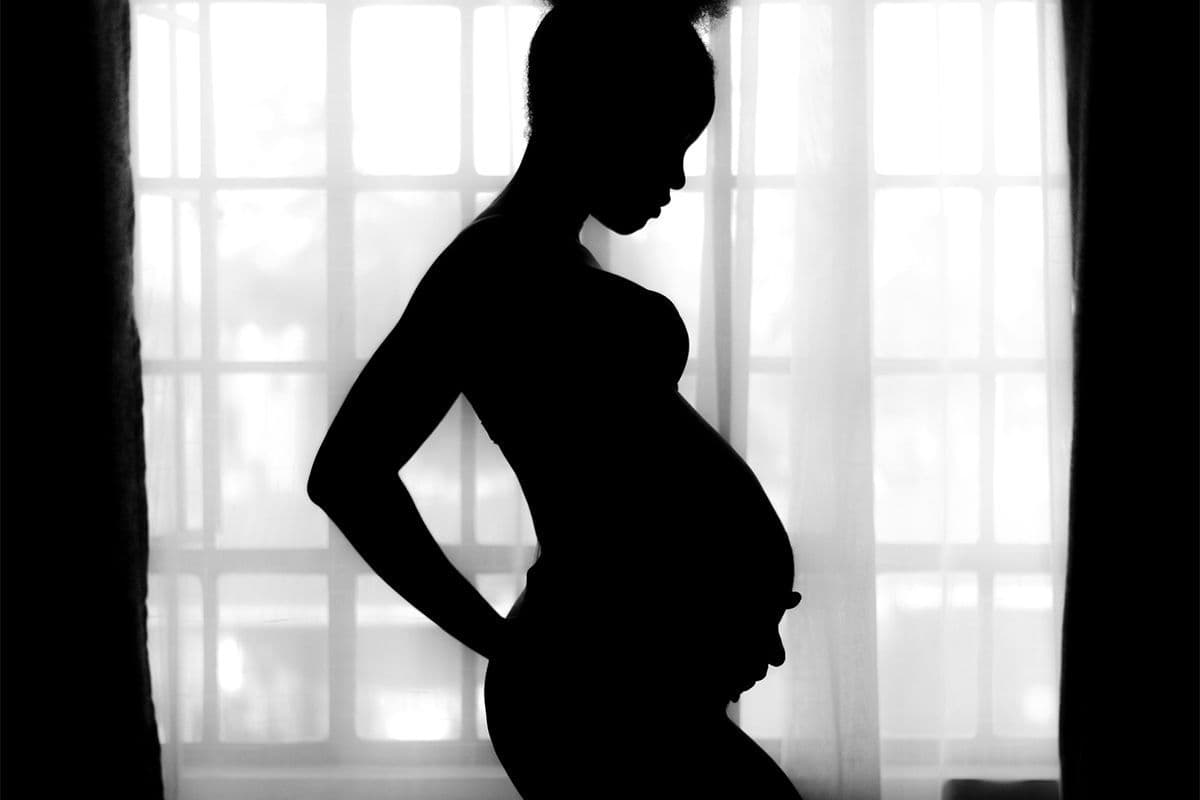Signs of Labor: Early Symptoms
Labor & Delivery
Obie Editorial Team

We've all seen the depictions of women going into labor in movies, which usually occur in a very dramatic fashion but the truth is that the signs of labor can be very slight bodily changes that may not be noticeable. Labor signs and symptoms include regular, strong contractions lasting over one minute which do not stop when moving, but there are also many other labor symptoms.
Contractions
The most telltale sign of labor is regular and strong contractions. Labor contractions last usually more than 30 seconds, happen regularly, and more frequently than every 4-5 minutes. If these contractions increase or change to a more patterned set of contractions, labor could be starting.
WARNING: Labor is normal after the 37th week of the pregnancy. Labor before the 37th week is called premature labor. If you are under 37 weeks pregnant do NOT wait for regular contractions to start but let your doctor know right away if you have ANY contractions, usually more than 4-5 per hour).
Back pain
While back pain is normal during pregnancy when labor begins this pain will be more pronounced and could pulse with the contractions. Any change in back pain during the pregnancy should be discussed with the obstetrician.
Feeling fullness/pressure
There is a very clear feeling of pressure when the baby is ready to be born. This pressure often feels like mom needs to have a bowel movement.
Lightening: drop of the pregnant tummy
The tummy will clearly drop when the last days of pregnancy arrive. This drop will relieve some of the pressure on the stomach and the lungs so mom may be able to eat more and breathe more easily.
Loss of cervical mucus plug
The plug that blocks the end of the cervix will fall out before labor but not always. Losing the cervical plug may mean that you are going into labor soon, though it can happen many days prior to labor. This plug will appear the same as ovulation only thicker. Most of the time the plug is lost during a trip to the bathroom but can fall out and appear in the panties.
Leaking of fluid or water breaking
The amniotic sac will leak or break when labor is about to begin. If there is any fluid leaking from the vagina, the obstetrician needs to be notified immediately. Once this sac is broken, birth is the only option. If there is a green or brown color to the fluid, go to the emergency room as the baby may have had a bowel movement in utero.
Cramping or bloody discharge
The first labor pains may feel like menstrual cramps. If there is a slight bloody discharge this could also be associated with the loss of the cervical plug.
Increase in blood pressure
When the body kicks into labor, the blood pressure will rise a bit.
Weight loss
Commonly women who are about to go into labor will lose between one and three pounds. This weight is pure water weight.
Nausea/vomiting
Right before labor begins, your body will "feel" something about to happen and may decide to empty all stomach contents. This emptying may appear as diarrhea or vomiting.
Crowning
For women who have given birth before, the signs of labor may be less hectic than first-time mothers. If mom waits too long, the baby may actually crown on the way to the hospital. Crowning is preceded by dilation and the breaking of the bag of waters.
A sudden burst of energy
The mom may feel like she has more energy than ever before. This increase in energy is often associated with the nesting instinct.
Can I tell when I will go into labor?
It's very difficult to predict ahead of time when labor will start and exactly when you will be in labor. As the pregnancy gets closer to the due date, there are early signs and symptoms you can look for in order to recognize the beginning of labor.
During the last trimester of the pregnancy, the changes in the body of both mom and baby are happening at a lightning pace. Baby is gaining more weight every day and this weight gain is paired with the body preparing for the birth of the new baby.
How do I know if I am in labor?
Labor symptoms may not be the exact same for all women and recognizing if you are in labor is not always easy. Labor can differ from one woman to another. Even if you have some of these signs, you may actually not be in active labor and it still may be weeks away.
Take this quiz to find out if you are in labor!
Can I tell the difference between true labor and false labor?
False labor and true labor can overlap because they are usually associated with contractions that are more or less strong. Braxton Hicks contractions can be felt by some while others are simply lost in the aches and pains of being in the latest weeks of pregnancy. Braxton Hicks contractions after 37 weeks of pregnancy are normal, but if they happen before 37 weeks (more than 3 weeks) before your due date, then you should immediately call your doctor because they may signal premature labor.
The single most important information you must be aware of is that any strong and regular contractions or pain prior to 37 weeks of the pregnancy (more than 3 weeks before the due date) is not normal.
Labor is only normal after the 37th week of the pregnancy. Labor before the 37th week is called preterm or premature labor. If you experience premature labor, you should let your doctor know right away or go directly to the hospital. Do not try to guess if your pain or contractions before 37 weeks are true or false labor. Get checked out and find out what the pain or contractions are coming from.
After 37 weeks, true labor is usually identified by contractions that come closer together, are stronger and more painful, and most importantly, lead to the cervical opening (dilation).
What is the 5-1-1 rule?
The 5-1-1 rule means that contractions come every 5 minutes, each lasting a full minute, and have been that way for an hour:
- 5 = Every 5 minutes
- 1 = Lasting a full minute or more
- 1 = Lasting for at least 1 hour
However, this rule may not apply to everybody and may be different for women who have their first pregnancy versus those who have had a baby before. More recently, recommendations, especially for those who have their first baby, are 4-1-1 (four minutes apart) or even 3-1-1 (three minutes apart).
Rest assured that even though it may feel like labor will never start, after weeks or months of training, your body will be ready to kick those contractions into full gear and labor will begin!
Read More











